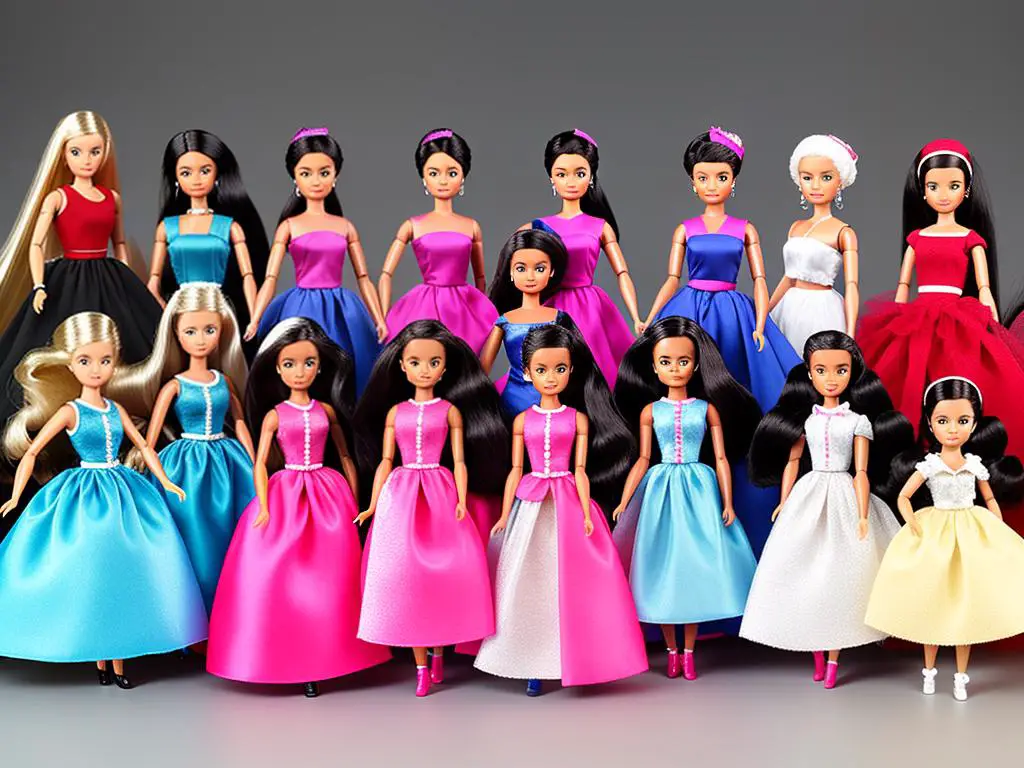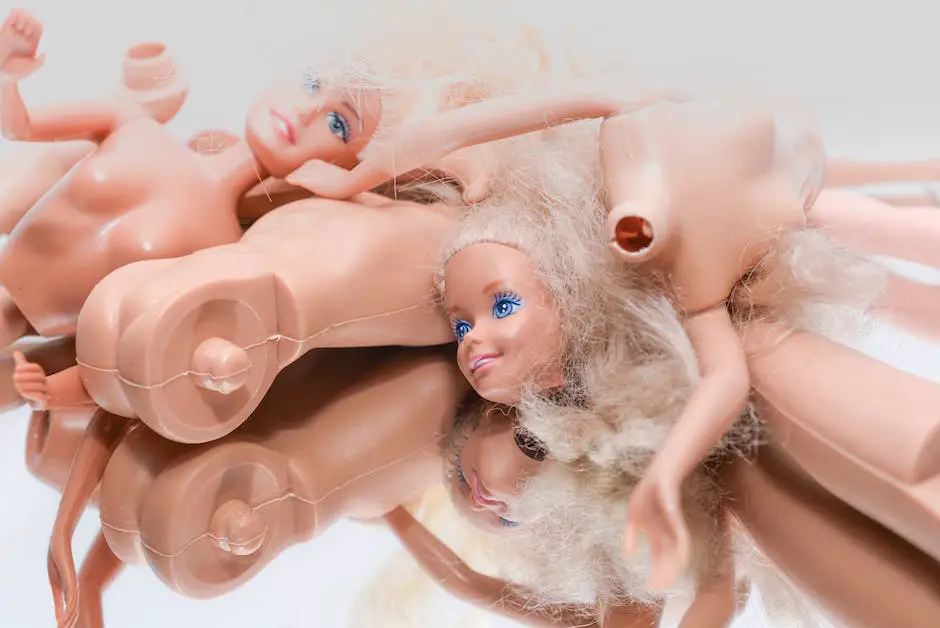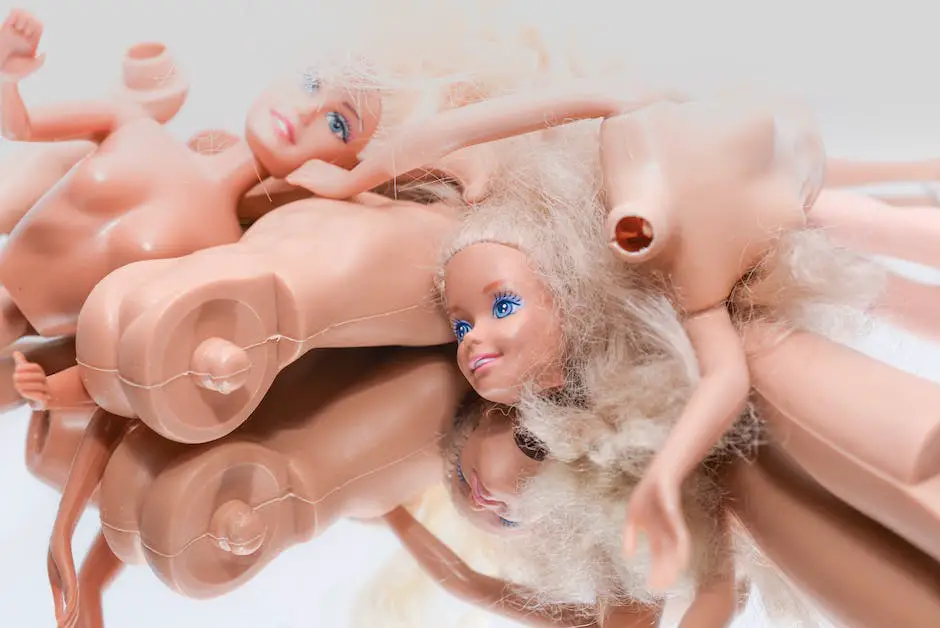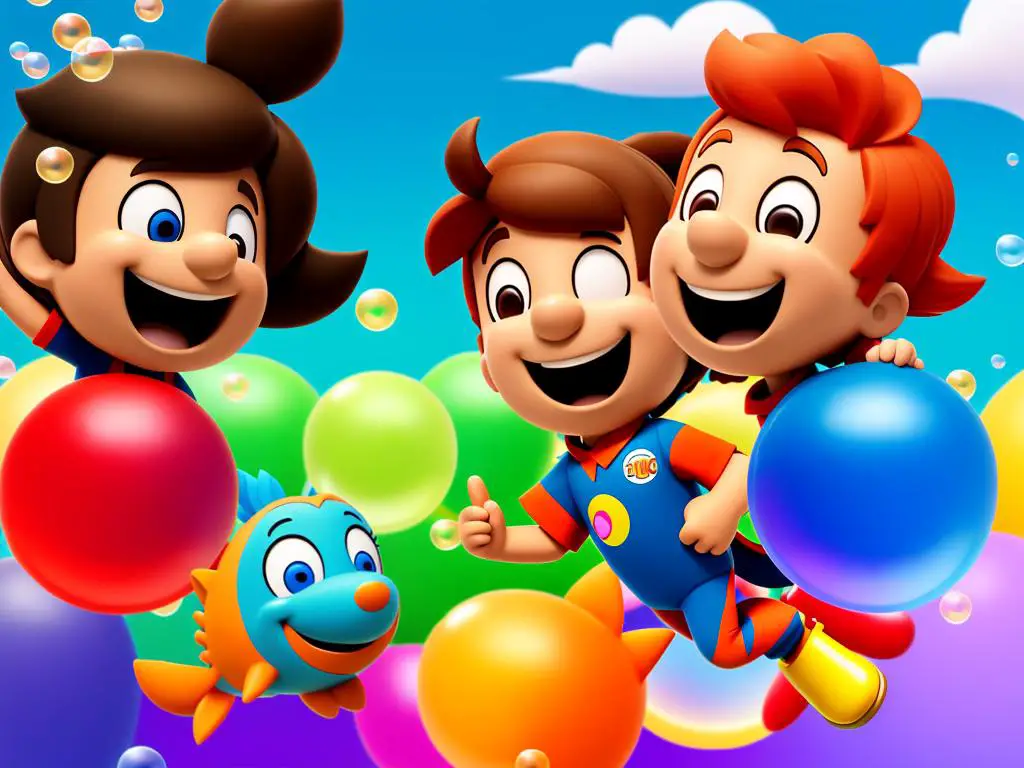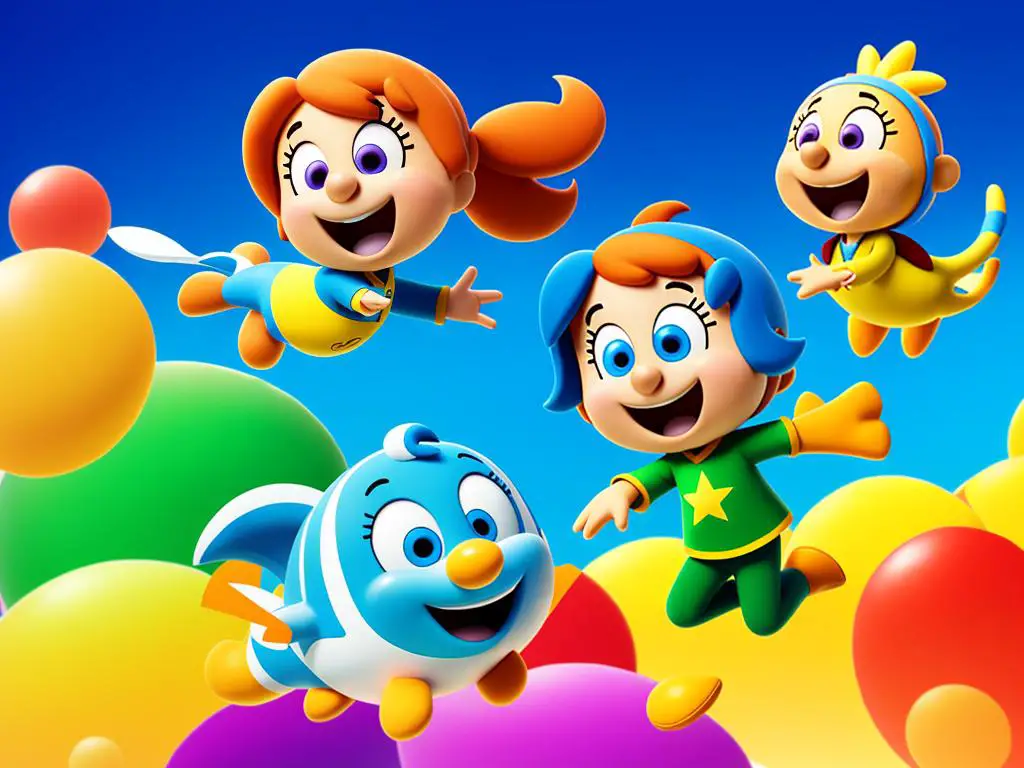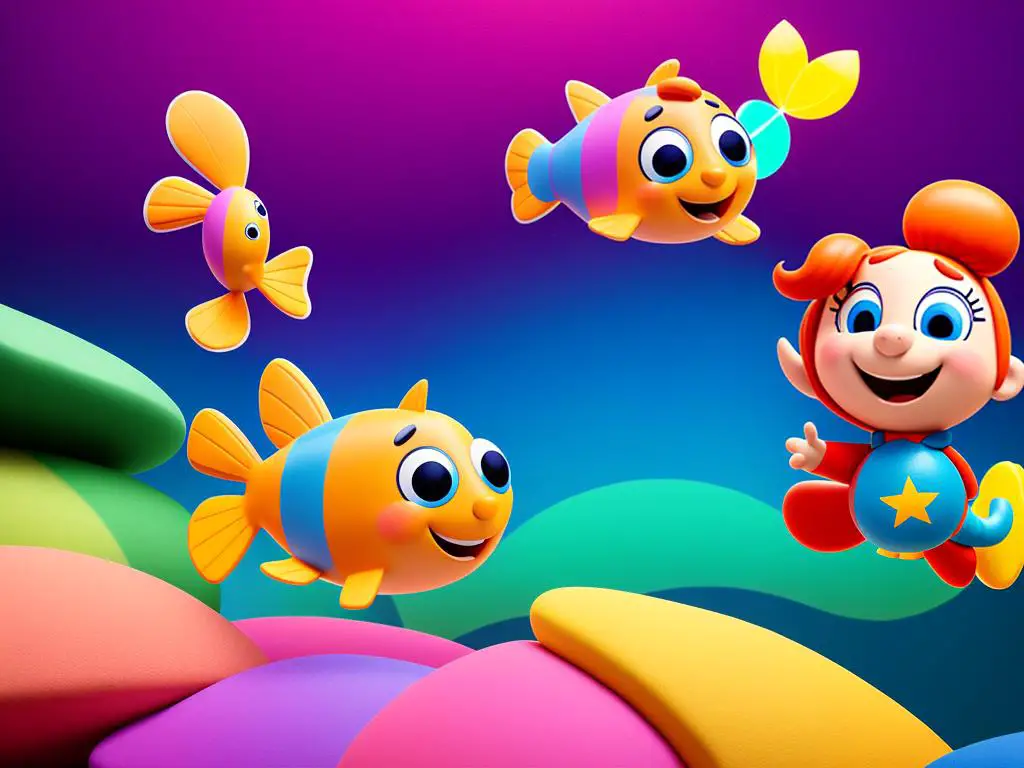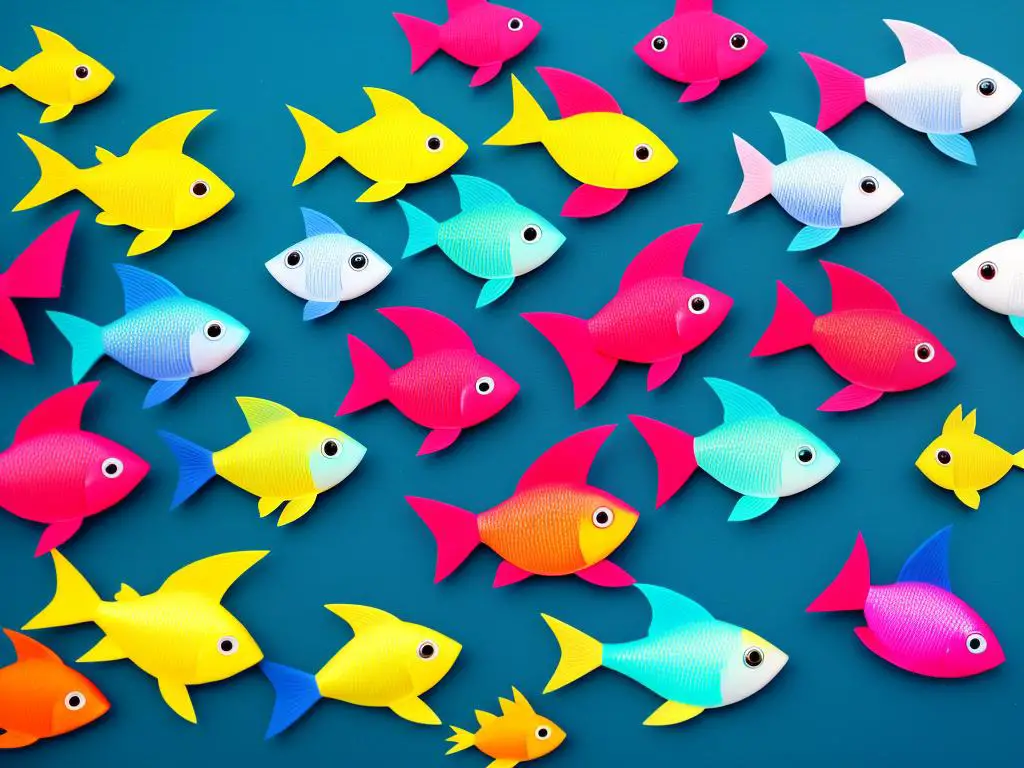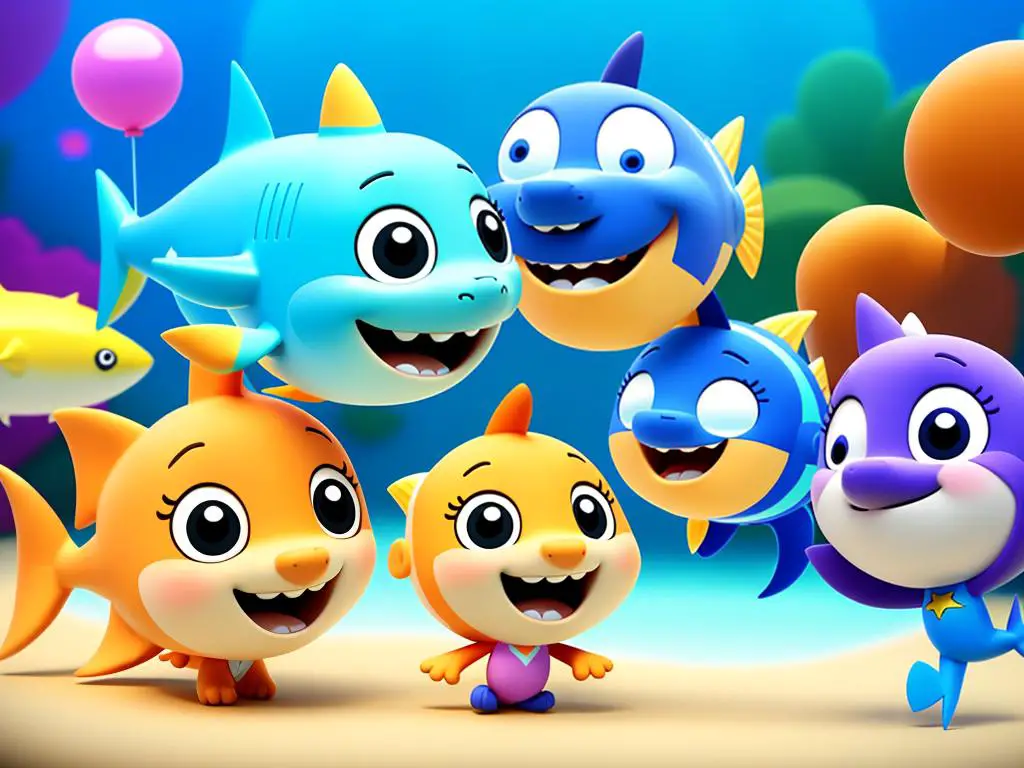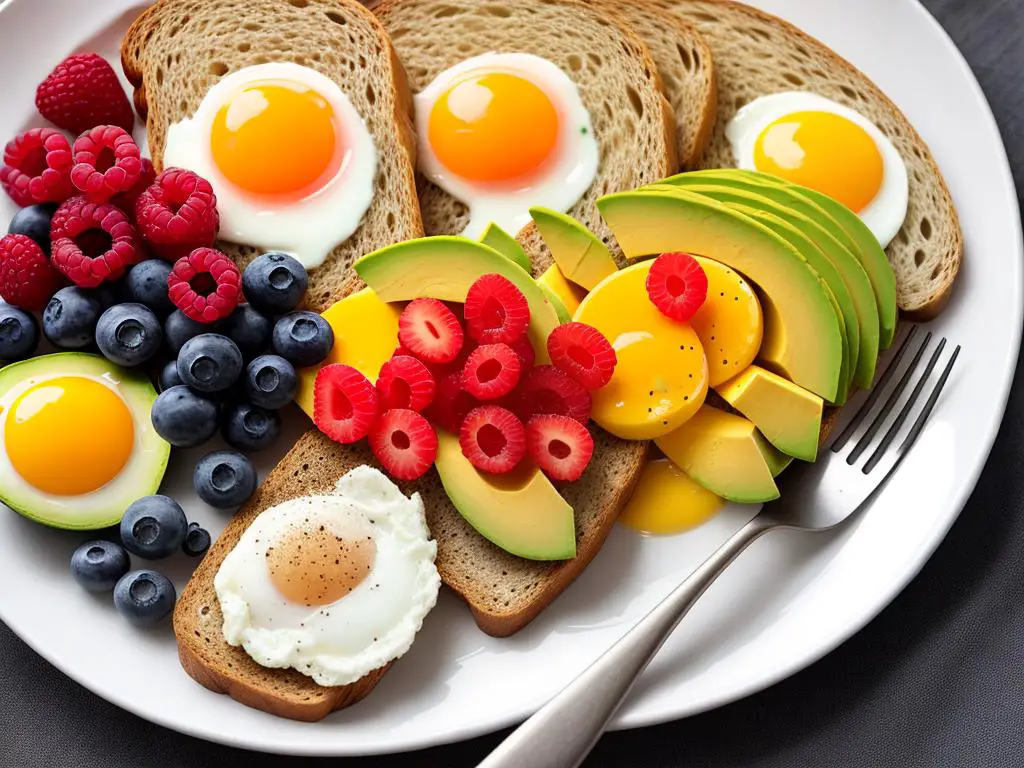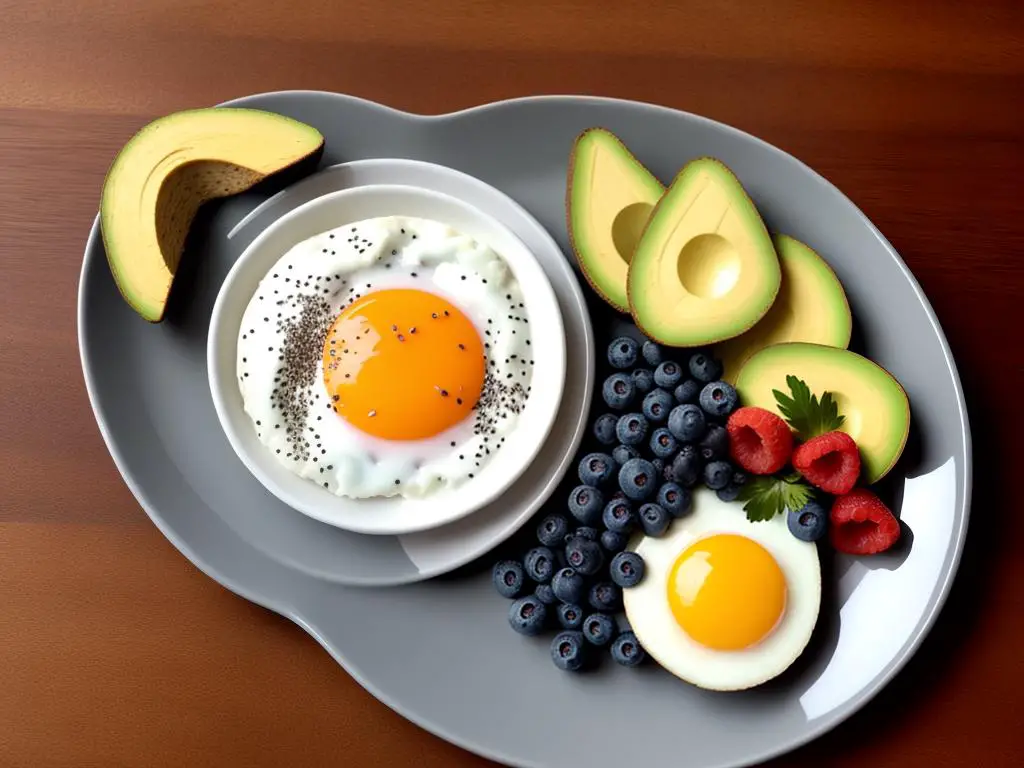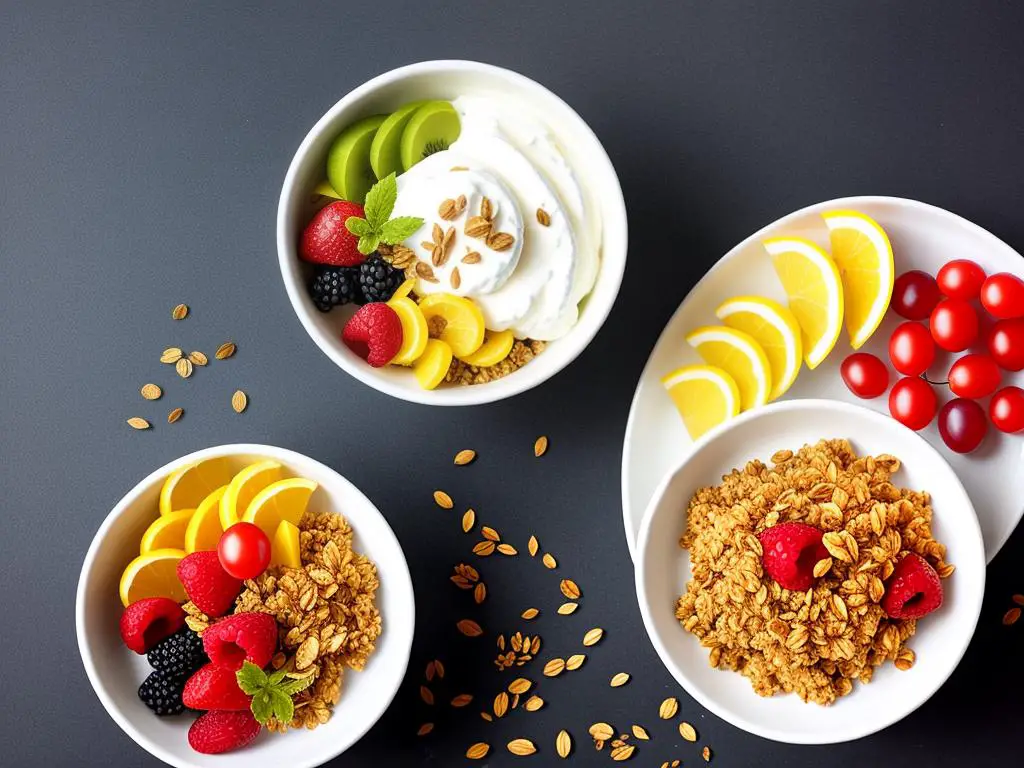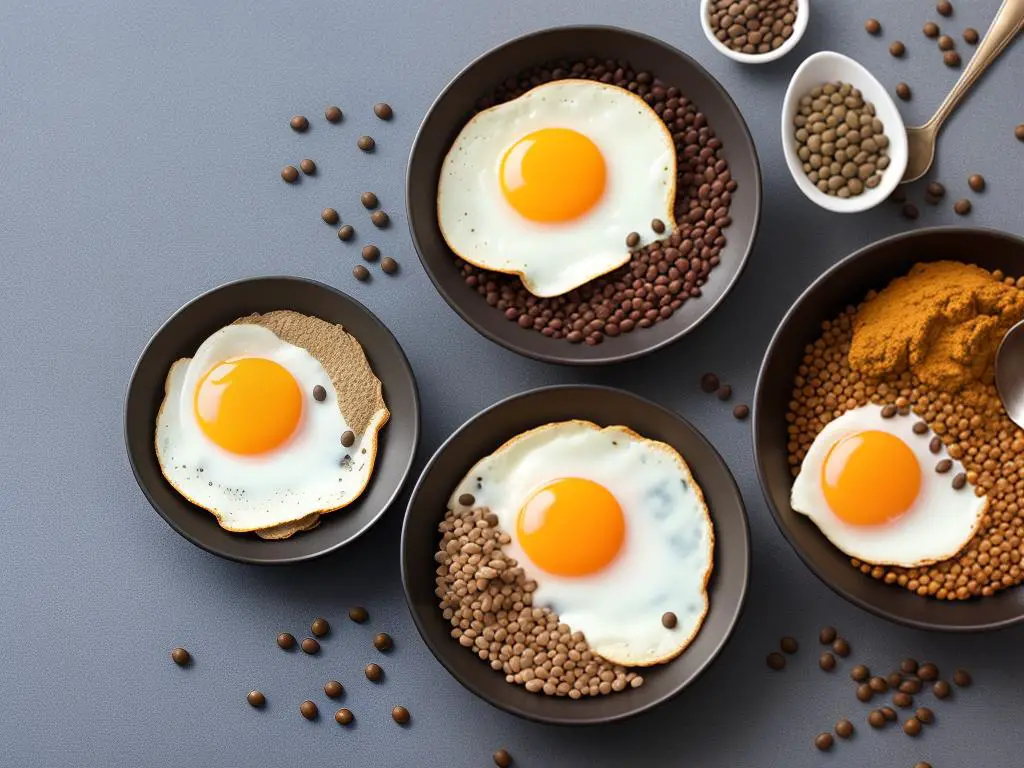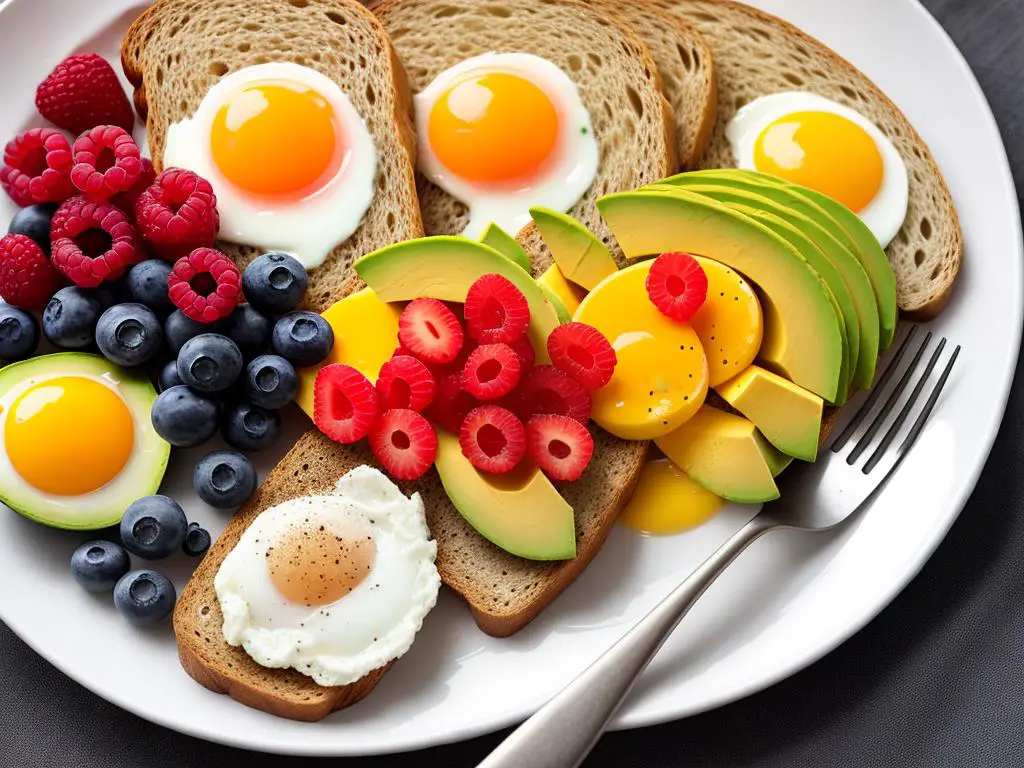Stepping into the world of barbell workouts can seem daunting at first glance, with its variety of barbells, grips, weights, and exercises to master. Nonetheless, the journey towards understanding and perfecting these workouts can prove incredibly rewarding on your personal fitness journey. Initially, obtaining a fundamental comprehension of the barbell equipment is a must – understanding different sorts of barbells, grips and weight plates that lay the groundwork for safe and effective workouts. Moreover, a deep dive into some classic barbell exercises such as squats, deadlifts, bench presses, overhead presses, and rows is essential, given that they form the backbone of any barbell workout routine. Lastly, creating, being consistent, and progressing in your routine is an inevitable path that leads to continual improvements in your fitness levels and overall health.
Understanding the Basics of Barbell Workouts
Understanding the Basics of Barbell Workouts
Barbell workouts involve exercising with a long bar that you typically attach weights to on either end. It’s an effective way to build muscle strength, and requires technique to ensure proper form and safety.
Types of Barbells
- Standard Barbell: This is the most commonly used type, often found in home gyms. It’s roughly 5 to 7 feet long and usually weighs around 20kg.
- Olympic Barbell: Similar to the standard, the Olympic barbell is meant for heavy lifting. It weighs 20kg and is thicker in diameter.
- EZ Curl Bar: Curved in its design, this type is often used for bicep curls or tricep extensions.
- Trap Bar or Hex Bar: Unlike the straight bars, a hex bar has a hexagonal shape that you stand in the middle of. It’s often used for deadlifts and shrugs.
Barbell Grips
- Overhand Grip: Your palms are facing your body. This grip is often used for deadlifts, rows, and pull-ups.
- Underhand Grip: Your palms face away from your body, often used in bicep curls and chin-ups.
- Mixed Grip: One hand uses an overhand grip, while the other uses underhand. This can help improve your grip on the barbell, and is often used in heavy deadlifts.
Weight Plates
Weight plates refer to the weights you attach on either end of your barbell. They vary in size and material, most common types are made from cast iron or bumper plates made from rubber. The weight of each plate varies significantly, ranging from 0.5kg to 25kg.
Benefits of Barbell Workouts
- Enhanced Strength: Multi-joint movements that use barbells engage and improve the strength of multiple muscle groups at once.
- Improved Bone Health: Resistance training can increase bone mineral density, aiding in preventing osteoporosis.
- Boosted Metabolic Rate: Lifting weights can speed up your metabolism, supporting weight loss or weight management.
Safety Precautions
- Always Warm Up: Before starting your session, ensure you do some light cardio to increase your heart rate and prepare your muscles.
- Proper Form: Ensure that your form is correct to prevent injuries. A personal trainer can give input here.
- Don’t Overdo It: Begin with reasonable weights and only increase gradually as your strength improves.
- Use Safety Collars: These should always be used to secure weight plates to barbells.
In conclusion, learning about the basics of barbell workouts can transform your strength training routine. Always keep safety in mind as you work towards your fitness goal.
Mastering the Fundamental Barbell Exercises
Introduction: The Significance of Mastering Fundamental Barbell Exercises
The value of barbell workouts cannot be underestimated in the fitness sphere. From building muscle mass to burning fat and increasing overall strength, these exercises are integral aspects of most strength training routines. The core exercises of any barbell workout include the barbell bench press, squat, deadlift, overhead press, and rows. But doing these exercises effectively requires understanding the correct forms and techniques. Here are the instructions for mastering these fundamental barbell exercises.
The Barbell Bench Press
The Barbell Bench Press focuses primarily on the pectoral muscles, improving your chest’s overall strength and mass.
- Start by lying on a flat bench, and position your hands slightly wider than your shoulders on the barbell.
- Un-rack the weight and hold it straight over your chest with your arms fully extended.
- Lower the bar down to your chest slowly and smoothly.
- Push the weight back to the top without locking out your elbows.
- Make sure to keep your feet flat on the floor and your back flat on the bench for stability throughout the movement.
The Barbell Squat
Barbell squats primarily target the glutes and the leg muscles, including the hamstrings and quadriceps.
- Start by safely positioning the barbell on your upper back – not your neck – by ducking under it and standing up.
- Space your feet shoulder-width apart.
- Slowly lower yourself as close to a sitting position as possible, ensuring that your knees don’t go past your toes.
- Push through your heels and return to the starting position.
- Keep your back straight at all times throughout the movement.
The Barbell Deadlift
This exercise engages significant parts of the body, from the legs to the core and even the arms.
- Stand with the barbell over your feet, feet hip-width apart.
- Bend at the hips and knees, grab the bar with a firm grip, ensuring your hands are shoulder-width apart.
- Keep your back straight, lift the barbell by standing up straight. Avoid rounding your shoulders, and keep the bar close to your body.
- Lower the weight to the ground, maintaining good form.
The Overhead Press
The overhead press focuses on the deltoids, along with other muscles of the shoulders and the upper back.
- Stand with your feet shoulder-width apart, hold the barbell at shoulder level.
- Engage your core and push the weight straight up, stopping just before your elbows lock.
- Slowly bring the barbell back down to your shoulders.
- Keep your back straight throughout the movement to avoid injury.
The Barbell Row
This exercise targets the muscles of the upper back, along with the shoulders and biceps.
- Stand with feet shoulder-width apart, knees slightly bent.
- Hold the barbell with an overhand grip, hands slightly wider than shoulder width.
- Bend at your hips and knees and lower your torso until it’s almost parallel with the floor.
- Row the barbell to your ribcage, pulling your elbows towards the ceiling.
- Slowly lower the bar back to the starting position.
Conclusion: Practicing Safety and Caution
It’s important to remember that while mastering the form and technique for each exercise, you must also practice safety. Never lift heavier weights than you can control, don’t rush your reps, always maintain form and most importantly, if you feel a sharp pain, stop. This way, you will get the most out of your barbell workout while avoiding potential injuries.
Creating and Following a Barbell Workout Routine
Introduction: The Power of Barbell Workouts
Embarking on a journey to become fit can be daunting, yet exciting. One of the core elements of strength training is incorporating barbell workouts into one’s routine. A well-structured barbell workout routine can significantly improve strength, stability, and overall athletic performance.
Step 1: Proper Warm-Up
Before you dive into the weighted world of barbells, it’s critical to ensure that your body is adequately warmed up. This helps avoid injuries and maximises the effectiveness of the workout. Begin with a 5 to 10 minute light cardio activity, such as jogging on the treadmill or skipping.
Then, perform dynamic stretches targeting the muscles you’ll be working. For instance, if you’re training your upper body, arm circles, push-ups or shoulder rolls might be suitable. For a lower body workout, could consider doing lunges or leg swings.
Step 2: The Order of Exercises
The order of your workout goes a long way in determining the effectiveness of your routine. Typically, compound exercises, involving multiple muscle groups, should be carried out first, followed by isolation exercises, targeting a specific muscle group.
Deadlifts, barbell squats, and bench presses are examples of compound exercises that you could kick-start your workout with. Follow these up with isolation exercises like bicep curls or calf raises.
Step 3: Sets and Repetitions
The number of sets and repetitions (reps) can vary based on your fitness goals. If your aim is to build strength and power, 3 to 5 sets of lower reps (4-6) using higher weights would be advisable. If you are aiming to build muscular endurance, opt for 2 to 3 sets of higher reps (10-20) using lighter weights.
Step 4: Rest Periods
Rest periods are essential for muscle recovery and strength building. After finishing a set of an intense exercise, a rest period of 2 to 3 minutes is recommended.
For exercises with moderate intensity, a rest period of 1 to 2 minutes should suffice. And for light-intensity exercises, a short 30 to 60 seconds rest period can be taken.
Step 5: Frequency
A balanced barbell workout routine, depending on your specific goals and fitness levels, could range from 3 to 5 times a week, ensuring to have at least one day of active rest or complete rest in between workout days.
Conclusion: Consistency and Progression
Following a structured routine is crucial. But remember, progress can only be achieved with consistency and gradual progression. Over time, aim to add more weight to your barbell exercises and incrementally increase the level of difficulty to ensure constant progression and improvement. Monitor your progress and always listen to your body. Barbell training can be highly rewarding if done correctly – here’s to strength, power, and a fitter you!
Progression and Overcoming Plateaus in Barbell Workouts
Introduction: The Power of Progressive Overload in Barbell Workouts
As an integral component of strength training, the barbell workout calls for more than just swinging weights around. For substantial growth and development, one must fully understand the principle of progressive overload. This strategy entails gradually increasing the stress placed on your body during training to continuously challenge your muscles and encourage further growth.
Understanding Progressive Overload
The core of progressive overload revolves around incrementally increasing the weight, volume, or intensity of your training programme. In simple terms, if you aim to improve, you cannot stick with the same weight and the same number of reps indefinitely. Progress would stall. You need to consistently lift heavier weights or perform more repetitions of a lift.
To illustrate, you might start with a 20kg barbell, performing sets of 10 repetitions. As your body becomes accustomed to this, you would aim to either increase the weight or the number of reps. After several weeks, you might be lifting a 25kg barbell for the same number of repetitions or performing more repetitions with the same 20kg weight.
Recognising and Overcoming Plateaus
There comes a point in every fitness enthusiast’s journey where progress seems to halt abruptly, otherwise known as hitting a plateau. This can be a frustrating period, but there are strategies available to overcome these hurdles.
Implementing Deload Weeks
A plateau could be a signal that your body needs to recover. Implementing deload weeks into your training programme, where you reduce the weight or volume of your routine, can allow your body to adequately recover its strength.
Varying Your Exercises
Altering your workout routine can also trigger new muscle growth. For example, if you’ve been focusing primarily on the standard bench press, switching to incline bench press or incorporating dumbbell presses can target different muscle groups and reignite progress.
Paying Attention to Your Diet and Sleep
Don’t overlook the importance of proper nutrition and sleep. A lack of progress often links back to an inadequate diet or poor sleep habits. Increasing protein intake and ensuring you get a solid 8 hours of rest each night can help muscle recovery and growth.
Adjusting Your Workout Routine for Continual Improvement
Continual improvement in barbell workouts is not simply predicated upon simply lifting heavier each week. It is also about understanding your body’s responses and systematically adjusting your routine based on your perceived exertion, fatigue levels, and overall well-being.
Ensure you are tracking your workouts, noting down what weight was lifted, how many sets and reps were performed, and how you felt during the workout. This will allow you to spot patterns, recognise when you might be approaching a plateau, and adjust accordingly.
Ultimately, progression in barbell workouts comes down to a balance of consistent challenge, adequate rest, nutritional support, and smart adjustments based on an in-depth understanding of one’s body. By doing this, you are setting yourself up for continual progress and improvement.
In the pursuit of fitness and strength, barbell workouts serve as a potent tool, fostering not just physical, but mental strength as well. However, mere knowledge of exercises wouldn’t suffice to gain the maximal benefits. Understanding how to break free from plateaus, consistently pushing your boundaries, adjusting and fine-tuning your routine as per the demands of your body, are equally vital. The journey might be riddled with challenges, but mastering the art of barbell workouts will undoubtedly unlock new levels of strength and confidence within you. Remember, every expert was once a beginner, and understanding, patience, and perseverance are your greatest allies on this path.
